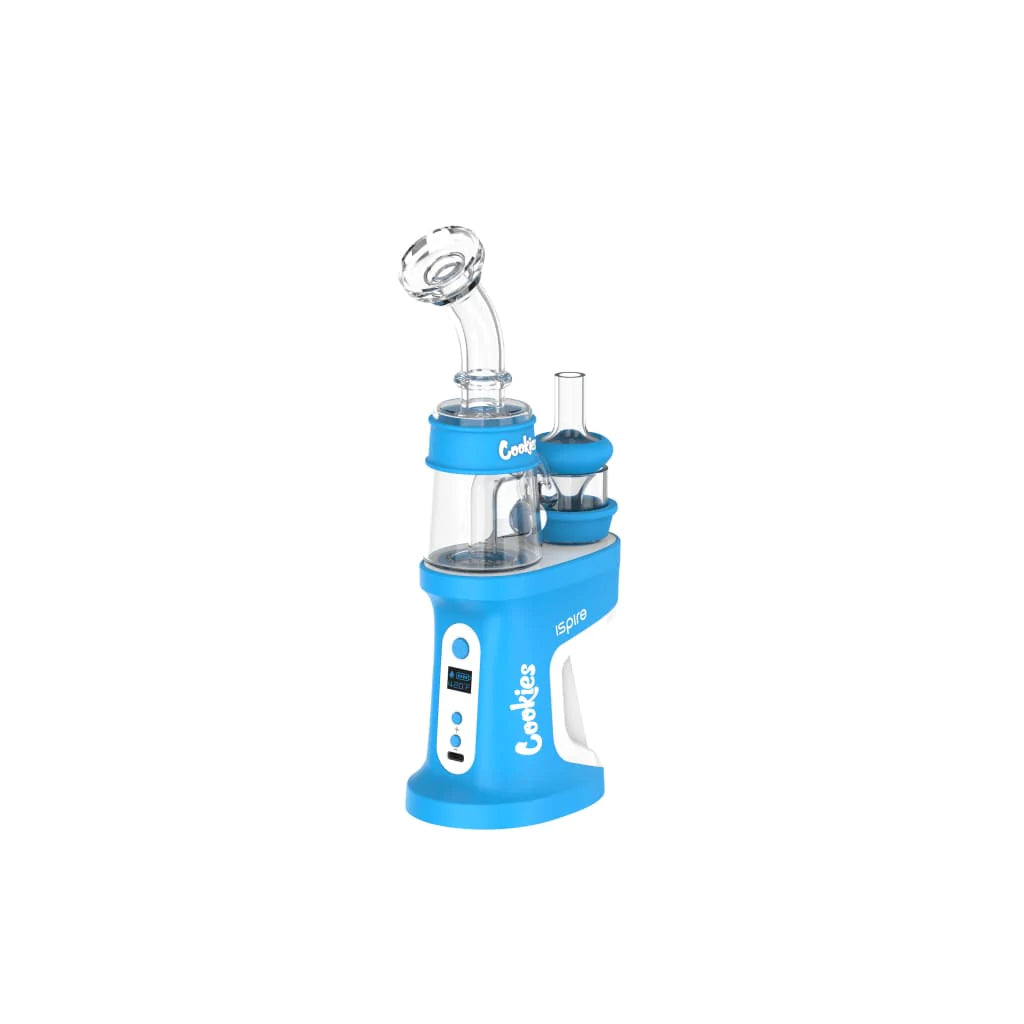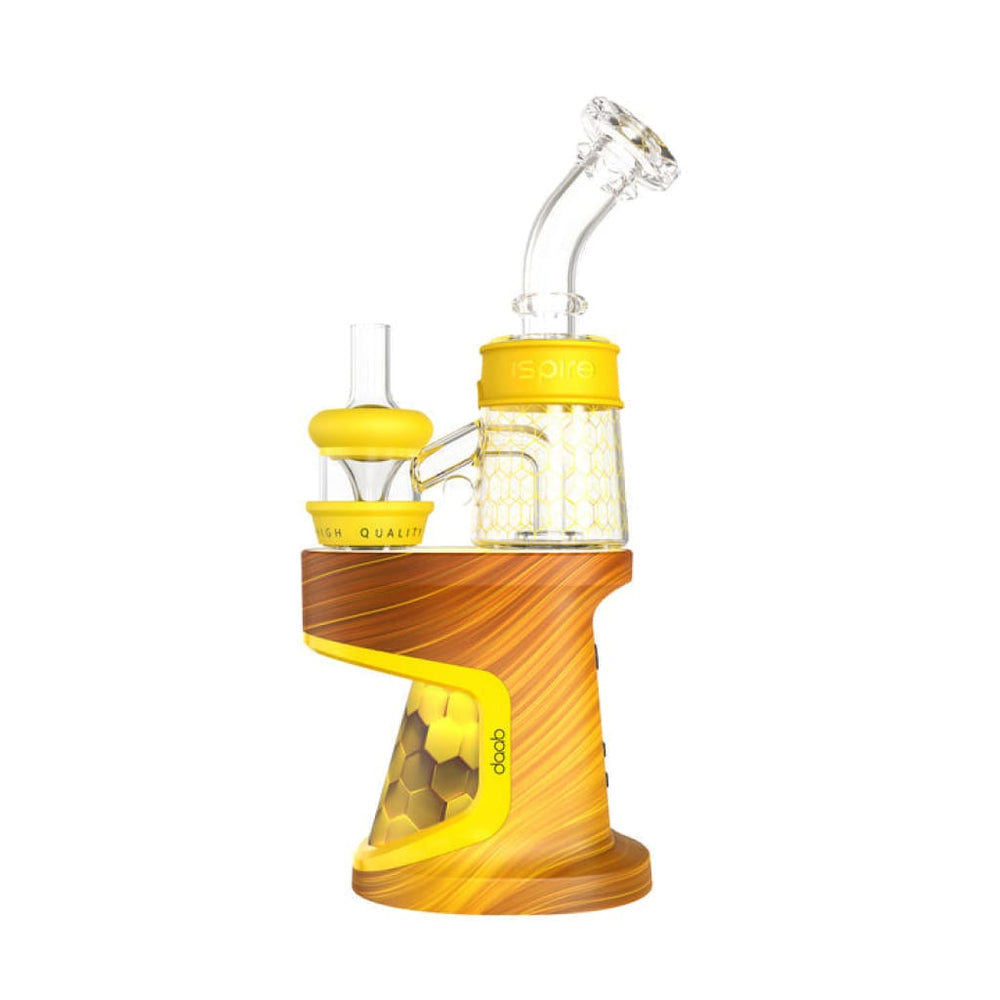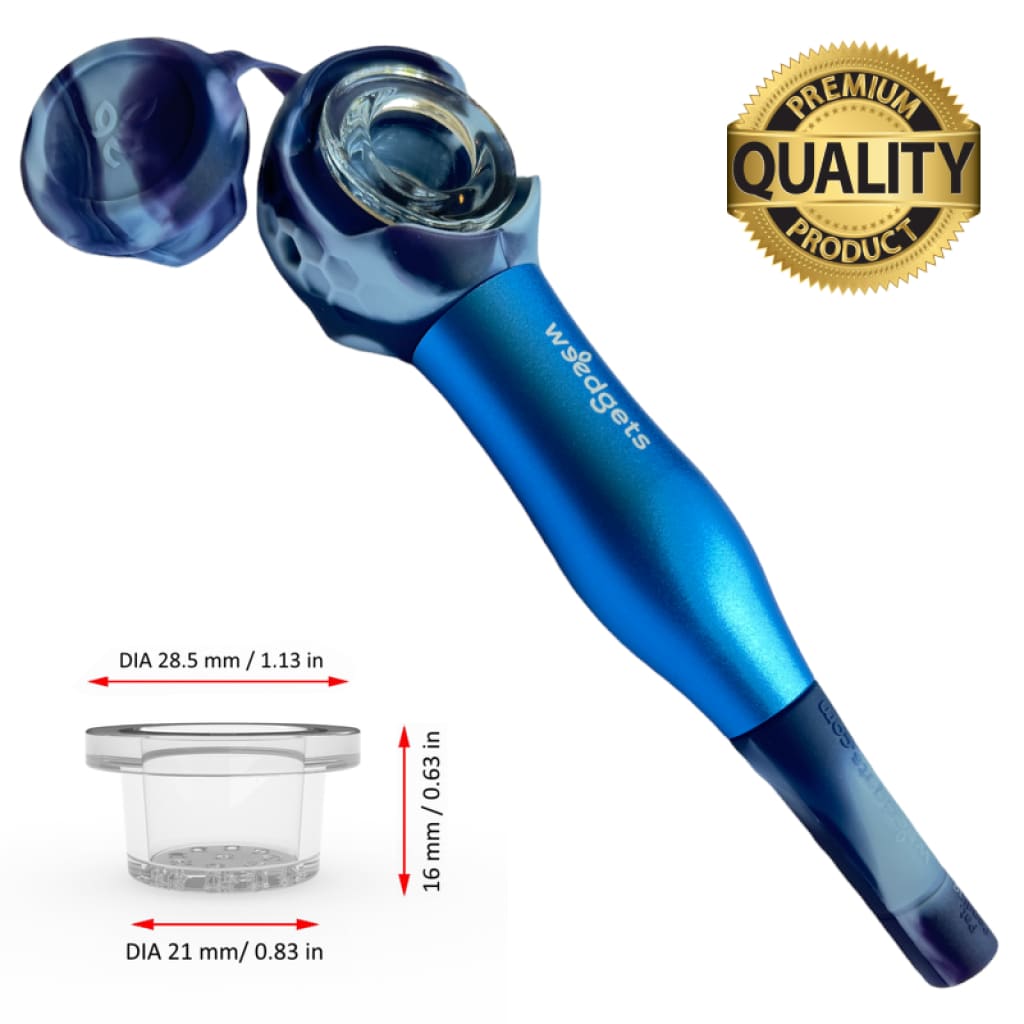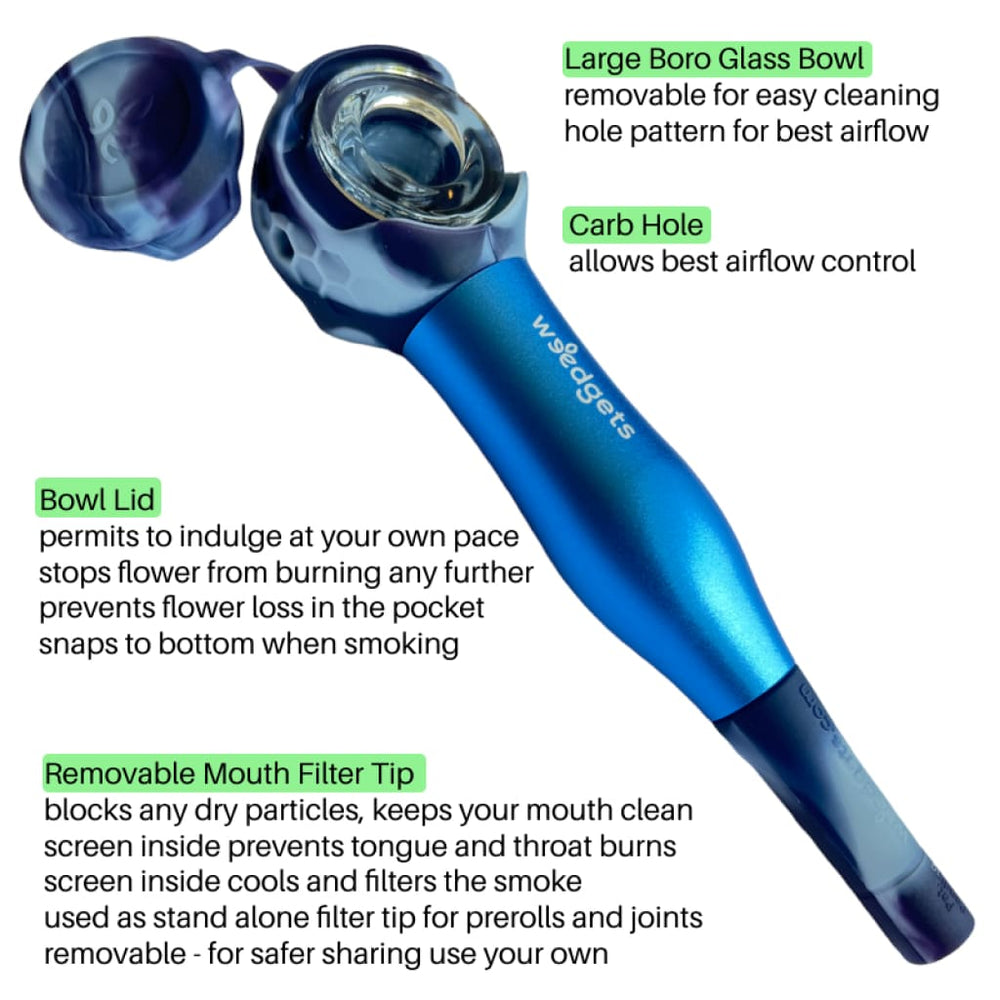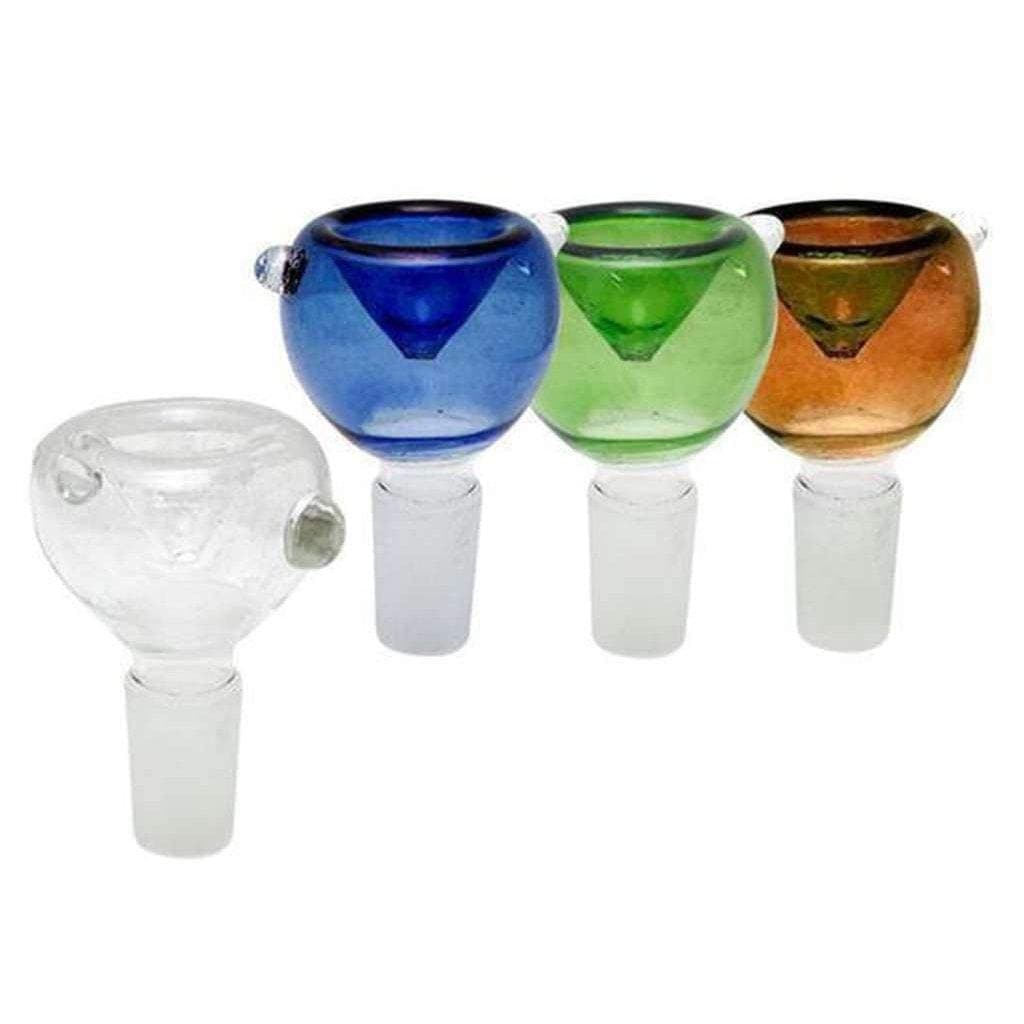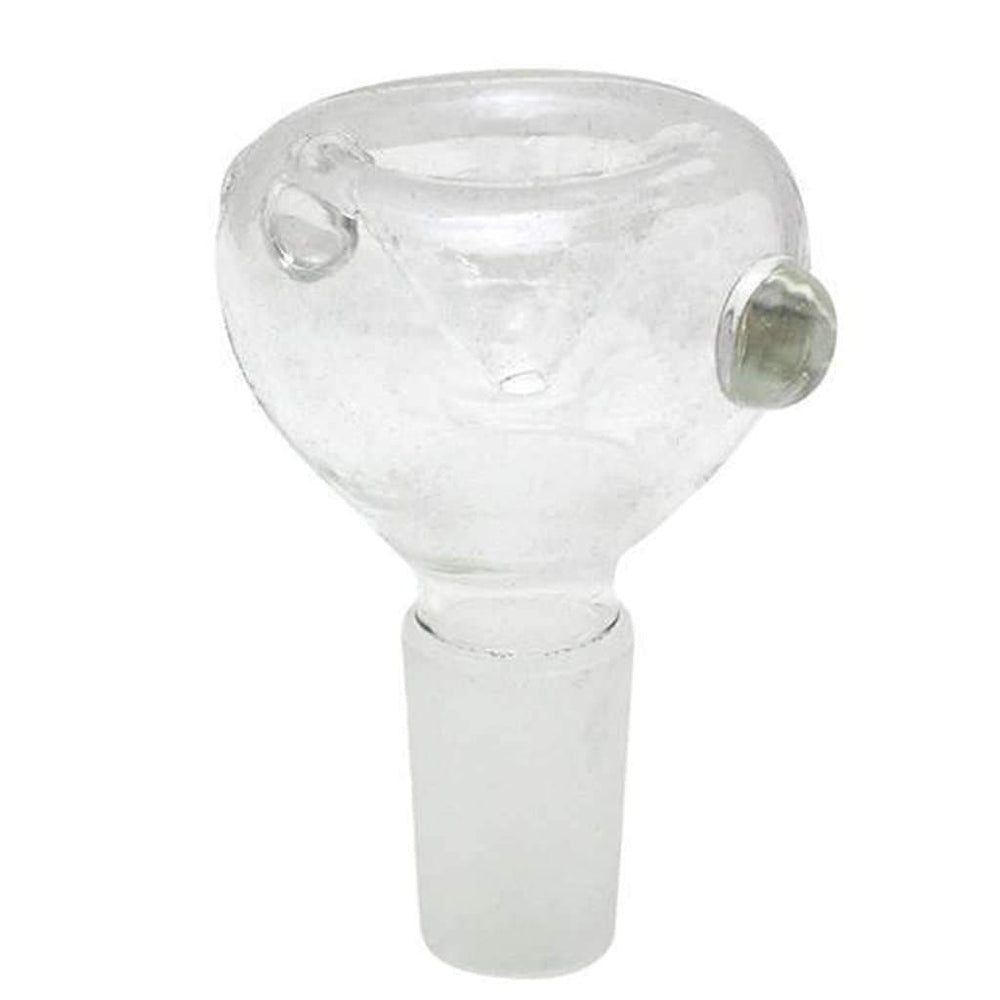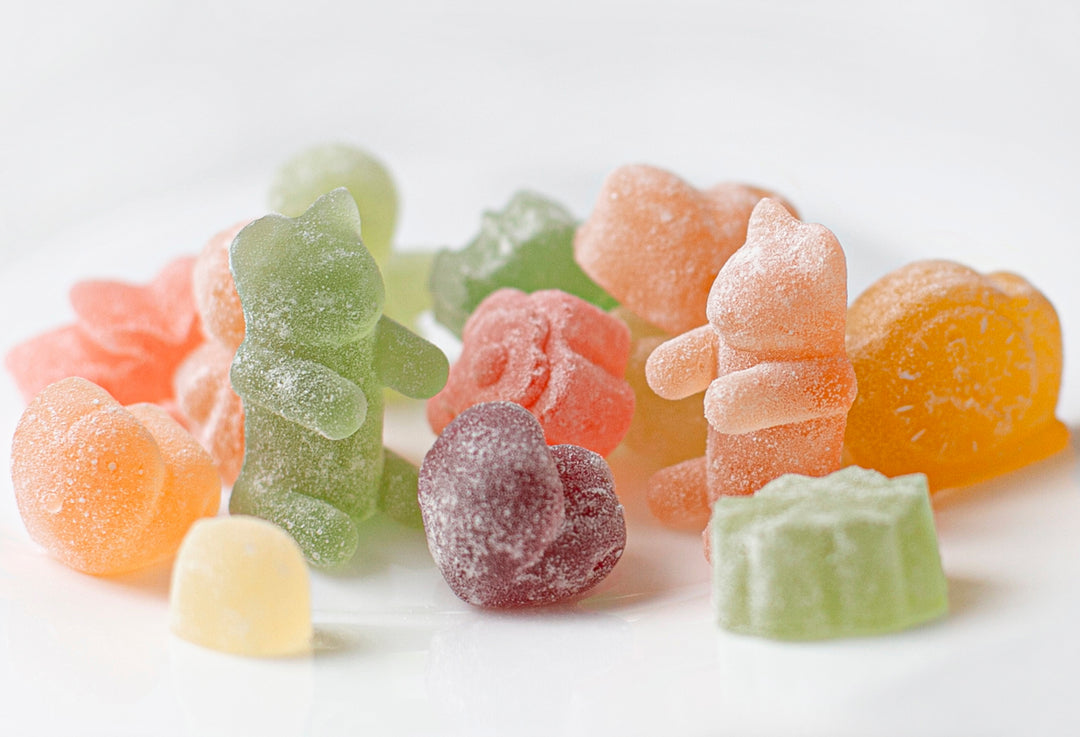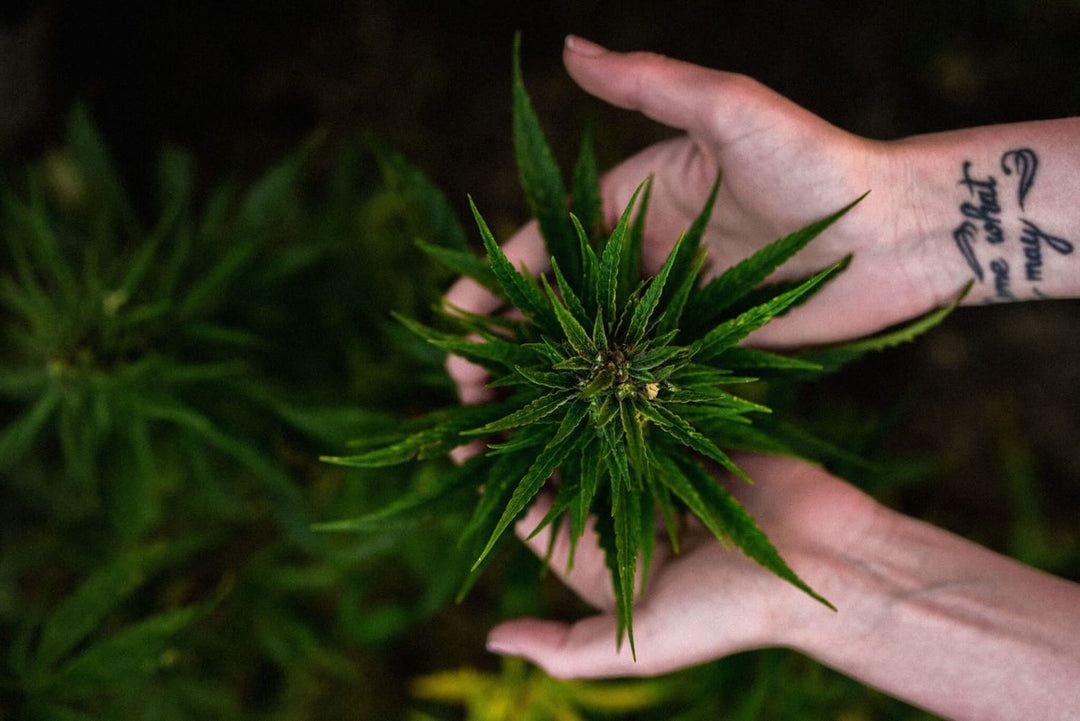Dabs & Concentrates May Be Leaving Flower Sales Up In Smoke
Although water pipes and bongs have been a landmark on America’s cannabis cultural landscape for decades, experts and long-time observers have begun to notice a shift away from smoking dry herbs and flowers and towards dabbing -- a process which involves heating cannabis concentrates or oils before consuming the resulting smokeless vapor. As alternatives to the dry cannabis flower are becoming more widely available -- like concentrates, dabs, oils, wax, shatter and others -- experts anticipate that dab rigs and concentrates will continue to develop a large following.
Dabs & Concentrates Continue to Increase in Popularity
According to Jeff Patterson, creator of Eaze, an app through which medical marijuana patients can purchase cannabis products to be delivered to their home, “The biggest trend in marijuana overall is the decline in the percentage of flowers -- the actual plant that can be rolled or put in a pipe that you light on fire and inhale. That type of product is in pretty rapid decline, and we’re seeing the rise of products like edibles and vaporizer concentrates.”
Joe Milton, CEO of Baker, a software platform through which dispensaries can manage customers, agrees: “Concentrates are the fastest-growing category [in the industry] right now...As people become more and more familiar with the cannabis industry and less intimidated by something like a dab rig, we do see concentrates becoming the fastest-growing category.”
ArcView, an investment network that analyzes and tracks marijuana-related trends and investments since 2013 found that sales of traditional cannabis flowers decreased 56 percent while sales of concentrates such as cannabis oils, budder, and dabs quadrupled in 2016, accounting for 22 percent of sales, or more than $80 million.

- Executive Summary of “The State of Legal Marijuana Markets – 5th Edition” -
Published by ArcView Market Research, In Partnership with BDS Analytics
It’s anticipated that cannabis sales may exceed $21.6 billion in the U.S. by 2021. However, while most of that money may come from sales of flowers and dry herbs, other types of cannabis products such as concentrates and edibles continue to gain popularity among consumers, particularly in Colorado, Oregon, and Washington -- the industry’s three largest recreational markets.
Specifically, in Colorado, retail sales of concentrates in the state’s recreational and medical markets surged 125% in the first quarter of 2016 and accounted for one-third of overall marijuana sales in Colorado, an increase from 24 percent in 2015, according to BDS Analytics - a cannabis business intelligence company. The data indicate that the growth in concentrates sales accounted for most of the increase. “The share of flower in dollars has dropped from 71 percent (of total sales) [in 2015] to 58 percent this year,” according to the director of analytics for BDS, Tom Jones. He continues, “That’s a big change, and we absolutely expect that flower will diminish to a minority share.”
In Oregon, cannabis consumers have also been quick to adopt the use of concentrate products. Although Colorado indicates sales of concentrates at 19 percent over months of growth, adult-use sales of concentrates in Oregon hovered around 17 percent right away in June 2016. Although this shift to concentrates in Oregon could be due to repeated exposure to recreational consumers who could not previously by the products or due to a more sophisticated customer base, in the third and fourth quarter of 2016, sales of concentrates in Oregon topped out at 19 percent of total sales -- right on par with Colorado. Oregonians purchased a total of $67 million in concentrates -- the biggest subcategory of which was vape, comprising of nearly half of total concentrate sales.
Why the Shift to Concentrates?
So, what is contributing to the increasing popularity and sales of concentrates and dabs? Dabs date back to the 1970s but continue to gain a large following, particularly within the medical marijuana community due to the potent tetrahydrocannabinol (THC) levels that cause a powerful, instant high. In other words, most cannabis enthusiasts who seek out concentrates after faithfully using flowers and dry herbs are simply looking for a stronger experience. Often referred to as honeycomb, honey oil, wax or shatter due to its candle wax-like, sticky texture, concentrates can be four times as strong as a traditional joint and has been proven to help reduce symptoms of certain medical conditions.
The term “concentrates” refers to a number of cannabis extracts, so it is important to break down what exactly we mean when comparing concentrates with flowers and dry herbs. Oil, sap, sugar, crumble, honeycomb, wax and shatter all refer to the texture of concentrate, while heat, alcohol, water, propane, hydrocarbons, butane and CO2 refer to the method by which the concentrates are extracted. The following are several ways in which flowers and dry herbs differ from concentrates that could be the reason for the sudden increase in popularity of the latter:
Potency: Compared to flowers and dry herbs, concentrates are more potent. Bud potency ranges between 10 to 25 percent THC, while concentrates typically fall between 50 to 80 percent.
Administration: You can smoke, vaporize and roll flowers and dry herbs, but you can do much more with concentrates. For instance, you can dab the extract or ingest the oil in edibles -- a great option for someone interested in a smoke-free method that still allows for the treatment of medical conditions and symptoms.
Composition: When you smoke a flower or dry herb, you are also smoking the plant material, which may take a toll on your lungs and leave your glass black with tar. However, when you smoke a concentrate or use a dab rig, the extraction process removes the plant material and pesticides, contaminants and residual solvents, leaving you with compounds such as THC and CBD.
Flavor: Is flavor important to you? Unlike flowers and dry herbs, some concentrates will lose their flavors and aromas during the extraction process. The cannabis plant secrets terpenes -- fragrant, volatile oils that give the flowers their smells. However, while terpenes are sensitive to heat and it can be difficult to preserve them during extraction, more producers of cannabis concentrates are adding flavors after the extraction process to help combat the loss.
As more states consider reworking their current legislation surrounding the use of medical and recreational marijuana, many experts believe we will see an increase in the use of dab rigs and concentrates sales. Medical patients and recreational consumers alike are increasingly looking for healthier, more inconspicuous ways to consume cannabis, and concentrates -- particularly oils used in dab rigs and vape pens -- fit the bill.




